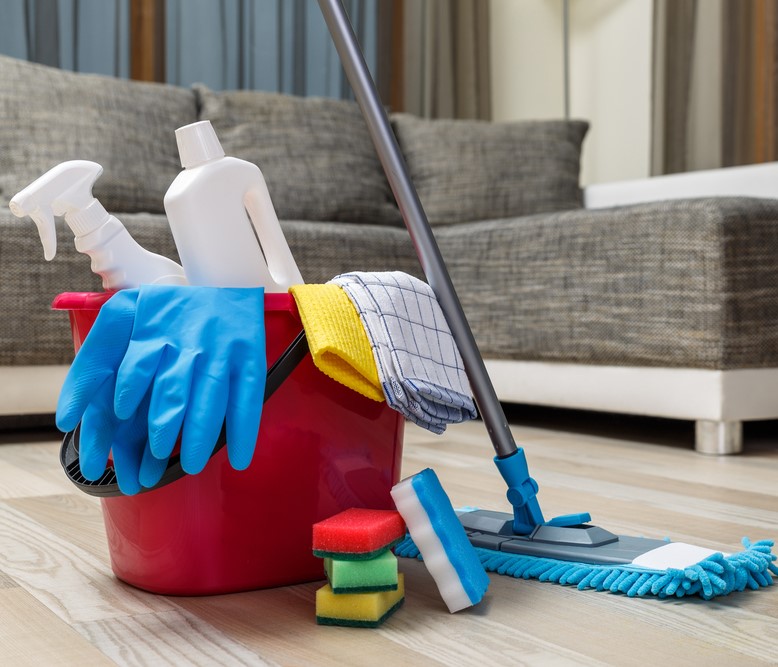
The Science Behind Cleaning: Understanding How Products Work
Cleaning is an essential part of our daily routine, whether it’s scrubbing dishes, wiping countertops, or doing laundry. But have you ever stopped to wonder about the science behind cleaning? How do those household products actually work their magic? Let’s delve into the fascinating world of cleaning science to uncover the secrets behind our favorite cleaning products.
1. The Chemistry of Cleanliness
At the heart of cleaning science lies chemistry. Cleaning products contain a variety of chemicals that interact with dirt, grease, and stains to remove them from surfaces. One key principle is the concept of “like dissolves like.” This means that substances with similar molecular structures are more likely to dissolve each other. For example, water-based cleaners are effective at removing water-soluble stains like coffee or juice spills.
2. Surfactants: The Heroes of Cleaning
Surfactants are a class of chemicals found in many cleaning products. These compounds have a unique structure that allows them to lower the surface tension of water, making it easier to spread and penetrate dirt. Surfactants also help to lift dirt and grease from surfaces, allowing them to be rinsed away with water. Without surfactants, cleaning would be much more difficult and less effective.
3. pH Balance: Finding the Sweet Spot
pH plays a crucial role in cleaning effectiveness. pH is a measure of acidity or alkalinity, with values ranging from 0 to 14. Most cleaning products are formulated to be either acidic, alkaline, or neutral, depending on the type of soil they are designed to remove. For example, alkaline cleaners are great for cutting through grease, while acidic cleaners are effective at removing mineral deposits. Finding the right pH balance ensures optimal cleaning results without damaging surfaces.
4. Enzymes: Nature’s Cleaners
Enzymes are biological molecules that accelerate chemical reactions. In cleaning products, enzymes target specific types of stains, such as protein-based stains like blood or grass. By breaking down the molecules in stains, enzymes make them easier to remove from surfaces. This natural approach to cleaning is not only effective but also environmentally friendly.
5. Mechanisms of Action
Different cleaning products work through various mechanisms of action. Some products rely on solubilization, where dirt and grease are dissolved in water and then rinsed away. Others work through emulsification, where oil and grease are broken down into smaller droplets and suspended in water. Understanding these mechanisms can help you choose the right products for specific cleaning tasks.

Conclusion
Cleaning may seem like a simple task, but behind every sparkling surface lies a world of scientific principles and chemical reactions. By understanding the science behind cleaning, you can make more informed choices about the products you use and achieve better results in your cleaning routine.
Ready to unlock the secrets of cleaning science? Join Super Steemers today and discover the science-backed principles that make your home sparkle!
Frequently Asked Questions
Are natural cleaning products as effective as chemical ones?
It depends on the specific formulation and the type of dirt or stains you’re dealing with. Natural cleaning products can be effective for light cleaning tasks but may not be as powerful against tough stains or grease.
Can I mix different cleaning products to increase effectiveness?
Mixing cleaning products can be dangerous and may result in toxic fumes or chemical reactions. It’s best to stick to using one product at a time and follow the manufacturer’s instructions carefully.
How can I make my own cleaning products at home?
Many household ingredients like vinegar, baking soda, and lemon juice can be used to make effective homemade cleaners. However, it’s essential to research recipes and follow safety precautions to ensure proper effectiveness and safety.
What's the difference between disinfecting and cleaning?
Cleaning involves removing dirt and grime from surfaces, while disinfecting kills germs and bacteria. Some products are designed to do both, but it’s essential to read labels carefully and follow instructions for proper use.
How often should I clean different areas of my home?
The frequency of cleaning depends on factors like foot traffic, usage, and personal preference. High-traffic areas like kitchens and bathrooms may need daily or weekly cleaning, while less-used areas can be cleaned less frequently.
